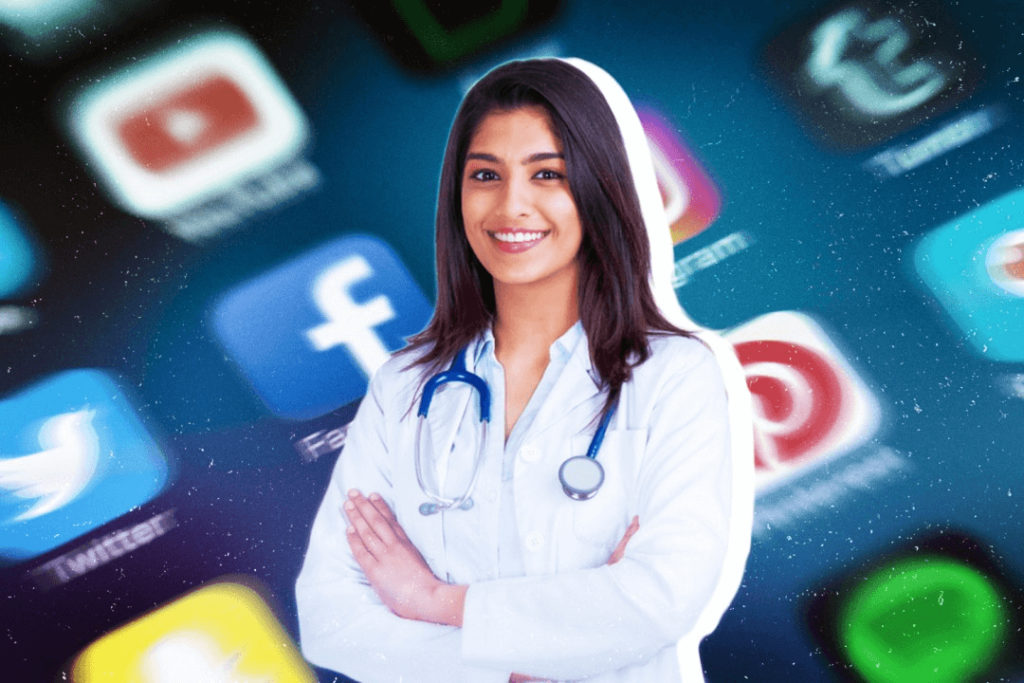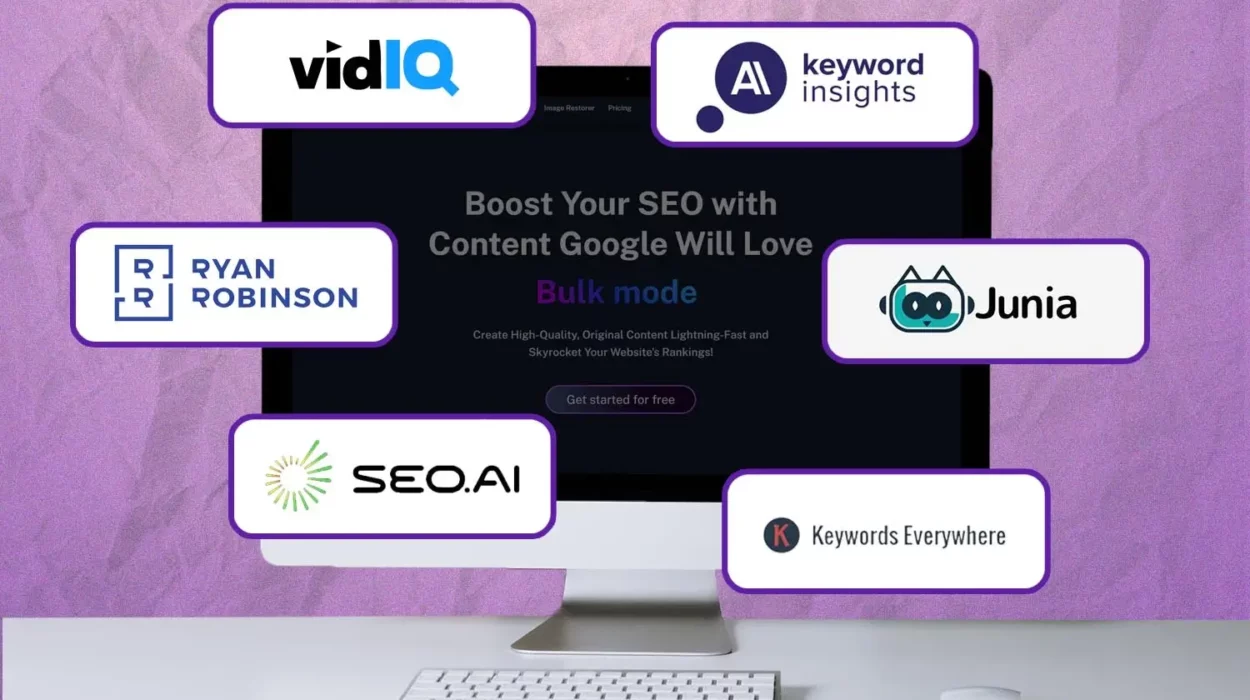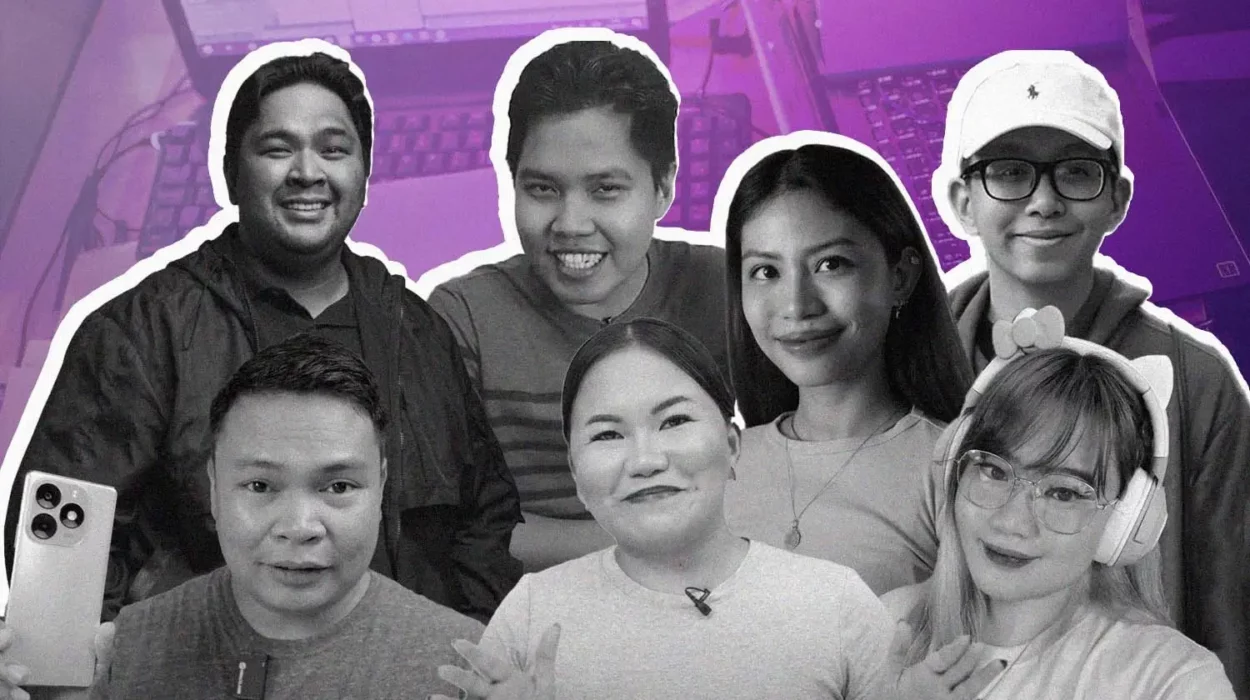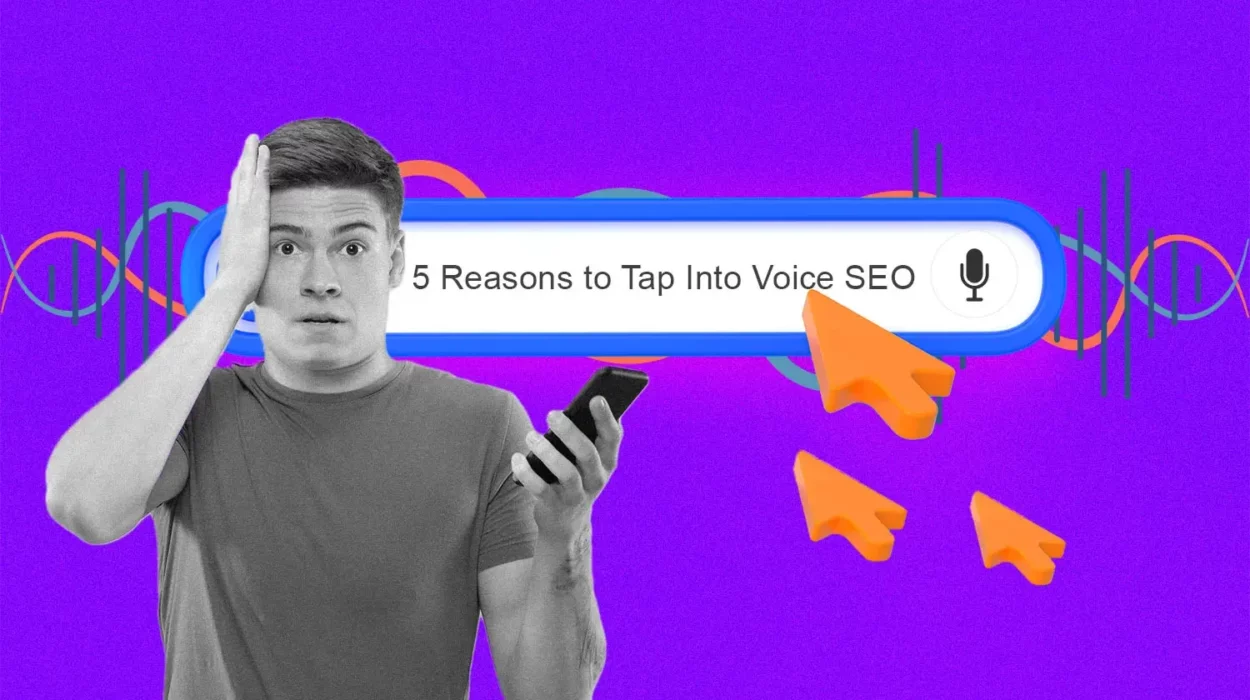The Medfluencer: A New Variant of Social Media Influencers
By: Joanne De Leon

What is a Medfluencer?
The medfluencer, is one of the more worthwhile Internet trends to gain traction in the pandemic as people scrambled for timely and reliable information on the novel coronavirus.
A portmanteau of “medical” and “influencer,” “medfluencer” literally describes a social media celebrity from the medical field. The term is as inherently 2020 to us as dance trends or dalgona coffee, but medfluencers have been around way before that.
Vox once coined “nursefluencer” for Sarah Warren, also known as shesinscrubs on Instagram. We can’t forget Dr. Adam Smith, or Doc Adam for short, either. Best known for being that Tagalog-speaking Australian doctor-vlogger, he has been active on Twitter and YouTube since 2017.
While other medfluencers have since been propelled to celeb status due to Hollywood-grade looks or a claim on the niche (yet ultra satisfying), more everyday nurses and doctors like Dr. Noc, or Morgan McSweeney in real life, focused on the pandemic.
As TikTok exploded to global and mainstream use in the early days of quarantine, so did false information and unbacked claims on COVID-19 (“Plandemic”—ring any bells?). Dr. Noc became one of the many experts who rolled up their white coat sleeves to debunk all that misinformation on the platform themselves.
The Medfluencer Is In: #DocTok will see you now
The way TikTok’s algorithm endlessly feeds users with videos of similar content already makes it a battle of quantity over quality. It doesn’t matter if a conspiracy theorist has 100 or 100k followers, or if you follow them or not—if you watch one #Plandemic video, more like it will appear on the For You page. This is how any video could amass thousands to millions of views on TikTok.
With TikTok’s mostly young user base, fact-checking has never been more dire. The youth are the least likely to suffer from severe COVID-19, but they’re also the most likely to spread it to older and more vulnerable populations.
Dr. Rose Marie Leslie is a chief family medicine resident and a TikToker with 908.1k followers. In an interview with Time, she said it’s important to reach young people at a time they’re “really hungry for health information, but don’t know where to look for it and often aren’t going to the doctor frequently.”
And how do they do it? #DocToks range from straightforward explainers to expansive alternate universe skits starring themselves, all in the name of medical science. It’s easy to watch, informative, and best of all, it’s an easy one million views.
A remedy to the times
“There clearly was an appetite for scientific content, but nothing so much as like it is now,” said Dr. Noc in an interview with MedPage. “What I’m hoping is that this interest will translate even after the pandemic, after people get vaccinated, they’ll still want to consume pro-health, medical scientific information on social media.”
ALSO READ: The Influencer: A Look At What Really Sets Off Change


